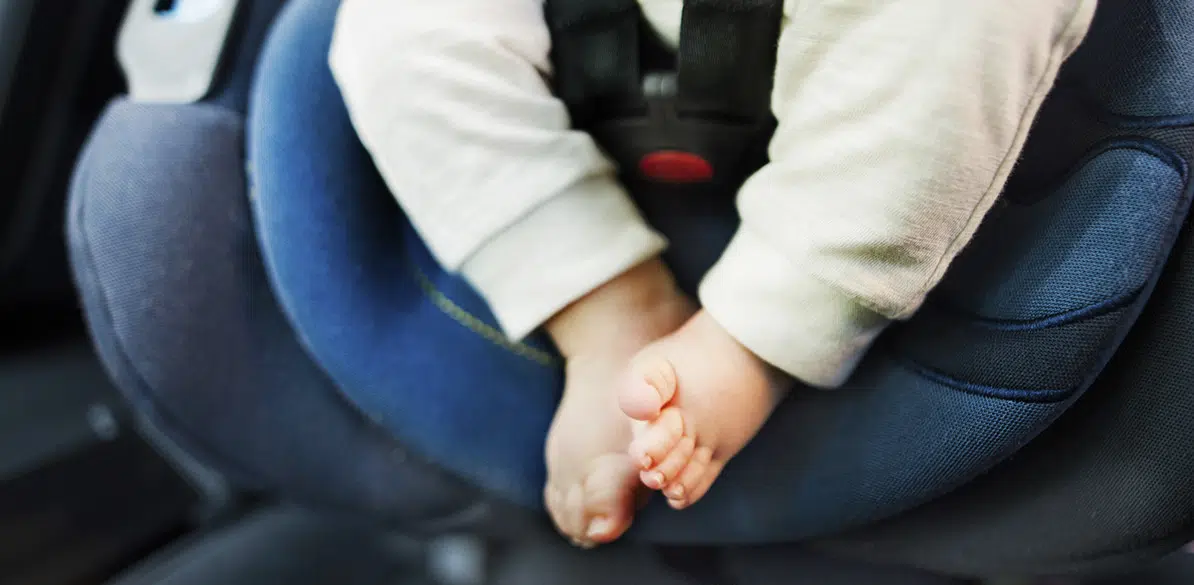Weight or height?
How to choose the best child seat

Road Safety
One of the most important changes related to the new child seats (Regulation 129) with respect to the older products (Regulation 44) is the change of criteria when it comes to selecting the right child seat.
First, let’s provide some context. Regulation 44 child seats are defined by the weight of the child and the products are divided into weight ranges. 0 to 13kg, 9 to 18kg, 15 to 25kg and 22 to 36kg. In contrast, the new generation of child restraint systems are based on the height of the occupant.
There are several reasons for this change of criterion. Firstly, we should be aware that car seats for children have to be adapted to their growth. The correct positioning of the headrest, harness or seat belt is more closely related to height than to weight.
Secondly, height has been found to be a better indicator of a child’s maturity than weight.
Consequently, there are two important reasons for choosing height as the primary criterion.
In addition, the new child seats are subjected to an internal measurement control that ensures they fit a child under the 95% percentile of the defined height range. This can be a bit confusing, so let’s have a quick look at percentiles.
Let’s imagine that we have 10 children who are 105 cm tall. When we sit them in a chair, we can see that in some cases the shoulder is in a higher position than in others.
The majority of children will be a similar size (in other words, the 50% percentile), but there will be some who are smaller and others who are larger than the average.
The new child seats are sized to cover those children who exceed the average (up to the 95% percentile). This is only true for the new generation seats (R129).
The fact that the new seats are defined by height ensures a greater interior space and means the seat adapts better to the growth of the child.
What about weight?
Weight is also important, but it should not be the main reason for choosing a child seat, for several reasons.
First, the relationship between weight and maturity is less reliable. In fact, car seats must be rear-facing until the child is at least 15 months old, according to the regulations, but not up to a particular weight.
In child restraint systems with the ISOFIX system, where the child is restrained by the seat’s harness, the combined weight of the child and the child seat cannot exceed 33 kg.
This weight (33 kg) is related to the resistance of the ISOFIX anchors in the car, and not to the child seat itself. The manufacturers of these systems must therefore define and declare the maximum weight of child that their chair can support without the chair + child exceeding 33 kg.
Often, we think that a chair that can carry a heavier child is a better chair, but this is totally mistaken, since in general, the weight of the child stated by a manufacturer actually depends on the weight of the chair. (33 kg – weight of the child seat = maximum declared weight)
For seats that are fixed using seat belts, the manufacturer establishes the maximum weight of the child who can use the child seat.
We should make two comments in this regard. If, for example, a rear-facing car seat is for a child up to 125 cm and the manufacturer declares a weight of 32 kg, we should be aware that for an average child in terms of age and height, the weight corresponds to 30% more than the average. We must first check if our child meets these characteristics.
The second comment relates to the weight declaration of seats with seat belts. The manufacturer defines this without any control by the child seat approval body.
We must therefore be sure that the manufacturer has checked the performance of the child seat with the weight it specifies. In general, specialist stores have much more information, and they will certainly be able to provide us with information on this type of issue.
Final recommendations.
- First the height, then the weight.
- NEVER exceed the height declared by the manufacturer.
- NEVER exceed the weight declared by the manufacturer.
- Do not let the declared weight influence you when purchasing a product, unless the child’s percentile indicators lead you to believe that the limits of the child seat will be defined by its weight.
